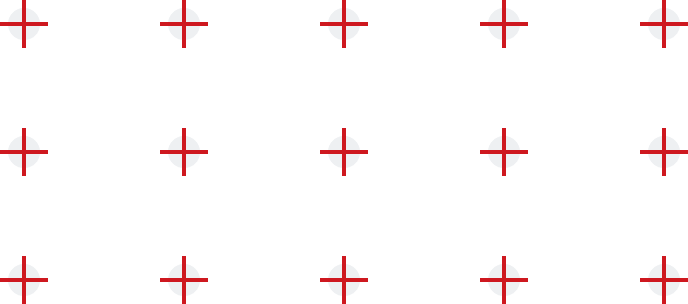Need advice from our experts?


Dry toner is slow, old and expensive... A myth or reality? Read on to discover our view on the matter. One thing is for sure: variables like substrates, level of automation and print volumes are all worth considering when searching for a commercial print technology that suits your needs.
It is no secret that we dwell in uncertain economic times- fast-changing and unpredictable. From a market trend point of view, this means things are still a little unpredictable. The drive to buy and sell, operative practices and business decisions have all been disrupted, still being studied by the watchful eye of market researchers. The lessons we continue to learn from post-pandemic practices provide a background to current trends in the Commercial Print world, dissecting buyer-behaviour… and what it is influenced by.

Print buyers now have limited budgets and are moving accordingly; taking action only when it’s necessary to start printing. With a lingering sense of insecurity in the market, there is now a permanent reduction in print volumes that will likely never snap back to ‘what it used to be’. Adaptability and flexibility are key traits for survival, concentrating on just-in-time, versioning, and variable data and graphics. The trend towards digital print has accelerated, with micro/short runs as the leading flag bearers.
From where we stand, this is the definitive silver lining… and absolutely one to be taken advantage of.

Held as the highest standard for most, offset is conventional production technology. Championing productivity and costs, offset is the choice for buyers who require speedy and cost-effective results. The downside? Being a conventional process, offset printing requires bulk printing of the same piece.
For high volume and variable print, Inkjet technology proves a sensible choice with arguably good quality. However, to truly tap into inkjet technology, only a dedicated number of substrates are available to choose from (at moderate coverage).
The foolproof route to take for short and mid run jobs, dry toner printing offers impeccable quality with high coverage on a wide variety of media. With sustainable operations and VOC-free results, dry toners provide easy deinking as well.
If there’s one key takeaway from current market trends, it is the fact that micro and short print runs are now dominating the market. This is partly because print will get significantly more expensive as offset paper volumes decline, and the manufacturing economies of paper making are lost. The time to take future-proof steps in the world of digital printing is now, particularly when it comes to letting go of certain preconceived notions.
Let’s take a closer look at this statement. Just because a press is faster, it does not mean that all the output is indeed useful or sellable. This is where we may consider the OEE or Overall Equipment Effectiveness of a press. OEE is the relation between what a press should be capable of producing and the volume of prints it actually produces. (slide 29 drupa) For instance, a press may have a large theoretical output… but it is possible that this is hampered by waiting for changeovers, or quality losses due to reworking. To make an intelligent deduction of productivity, we must look beyond the linear nominal speeds of a machine.
The truth: speed does not equate productivity.

Counting classic Xerox machines, we can definitely agree that Dry Toner tech has been around for decades. Does this mean that it is antiquated? Absolutely not…because it is technology that is constantly developing and evolving. In fact, Xeikon is already at our 5th generation machine. Another good indication for the advancement of technology is to look at how many patents are taken on this technology. From the diagram below, in fact, we see between 2015-2018 the relation was almost 1:1; for every patent in Inkjet, there was one for Dry Toner.
The truth: it has consistently been developed and upgraded.

Once again, this statement cannot be set in stone as it depends on a lot of factors. The crossover point (the point where Inkjet and Dry Toner technologies equal in cost) is worth considering here. The initial investment, for instance, for Inkjet presses is more costly. They are less sensitive to run length. To truly determine which technology is most cost-effective for your operations, end use applications must be considered in greater detail. Is the customer going to be printing books or focused on direct mail, for example? What is the run length? Are you aiming for enough volume to truly tap into the potential of your inkjet or will this end up being a failed investment?
The truth: based on your specific goal, dry toner may be the most cost effective technology.

The happy ending, as we may see it here, states that the misconceptions about Dry Toner technology are more easily understood (and overcome!) once you determine your own Zone Of Value (the factors specific to your business needs).
Variables like substrates, level of automation and print volumes are all worth considering… and bring you one step closer to unlocking the right commercial print technology for you.

State-of-the-art printing technology
Consistently top-notch imagery
Over 30 years of experience
Expert advice & guidance